For these past two months, I have reveled in the singularly delightful energy and ethos of Bay Area Theatresports (BATS).[1] Now that I’ve finished my many-miled journey back home to New England, I’ve had the chance to catch my breath and take stock of the group’s greatness. And, man, is it rich.
Housed in the historic Fort Mason waterfront warehouses on the northern tip of the San Francisco peninsula, BATS is one of the nation’s longest-running companies dedicated to the art of improvisational theater. BATS also runs a school, serves as an experimental hothouse, and comprises a vibrant learning community. To be sure, great people do great improv all over the country. That said, BATS stands on special ground for a number of reasons.
Commitment to story and character. When most folks think of improv, they often think of stand-up comedians, college boys pulling together wacky hijinks as display behavior, or pipeline groups like the Groundlings of Los Angeles or Second City of Chicago whose alums have starred on shows like Saturday Night Live and Whose Line Is It Anyway? Most of those groups bill themselves as comedy troupes first. Come see the side-splitting production! We guarantee a belly workout! Mega-laffs per minute! And that’s understandable. We all like to laugh and improv can be hilarious. Unfortunately, working for laughs can set players up to go for gags rather than developing a scene or can draw players to connect with the audience more than with their teammates on stage.
BATS takes a different approach, focusing instead on the nuances of story and character. Protagonists get foiled on their heroic journeys and villains maintain moral complexity. Sometimes, a scene stays quiet and the story gets told through facial expression and the subtleties of body position. Of course, BATS scenes and stories do often prove uproariously funny, but the humor more often comes out of the unfolding idiosyncracies of humanness rather than from a schtick or a cop-out. Players don’t strive to be funny; instead they allow funny to emerge through the natural creative process. Because of that, the stories do more than entertain for a transient moment; they come alive and endure. BATS players create more than improv; they produce improvisational theater.
Fantastic music. Not many troupes that I’ve seen make such a commitment to including music in their shows. All BATS shows that I’ve ever taken in have had one of several outstanding keyboardists providing soundtrack, sound effect, and accompaniment. The musical improviser has to pay close attention to the scene work, including timing, content, and character relationships. Like the players more centrally on stage, the music-maker also has to follow the improv principles of sharing control, making bold offers, taking care of teammates, and having a sense of adventure. It’s a complex and demanding post, but BATS makes the financial and programmatic commitment to make sure it gets filled with skill. Each show generates richer color and deeper texture as a result.
Breadth and depth of talent. For sure, many groups develop and showcase skillful performers. From top to bottom, though, the BATS established players do incredible work—and the long-timers have been doing it for more than twenty years. Barbara Scott’s willingness to linger with the moment generates maximum dramatic tension. Regina Saisi’s facial and vocal intricacies carve indelible characters. William Hall’s trouble-making leads the group to places that demand skillful problem-solving. Tim Orr’s commitment to spatial relationships and willingness to push traditional boundaries together build vibrant realism. Rebecca Stockley’s investment and generosity generate eye-tugging gravity. Paul Killam’s attention to what’s needed pulls together wandering storylines. And Rafe Chase’s bold offers and natural realism propel action with fearless aplomb. The players know each other well and the long history shows.
The relative newbies in the troupe raise the bar even further. Lisa Rowland channels the creative spirit with a magnetic force that must be reckoned with. Ben Johnson uses his training as an actor and a clown to full effect, nailing scenes of poignant emotion and goofy comedy with equal fluency. Rebecca Poretsky dives into the unknown with full commitment. Zoe Galvez compels as hero or villain. And the list goes on and on. The entire clan—including those I haven’t mentioned specifically—brings the goods each and every night, supporting superlative improv with artful acting. Though the scenes aren’t predictable, the magic is.
Willingness to experiment. BATS runs shows and classes in a wide variety of formats—and continues to find more. Over the two months I spent in San Francisco, I saw traditional TheatreSports, improvised Shakespeare, free-flow short form, Spontaneous Broadway, long-form family drama, Horror Musicals, and a Halloween Super Scene show that winnowed six opening scenes until the audience had been treated to one full story (and five uncompleted treasures). A student-led and player-supported “Cave Match” production on the final weekend pitted an original Silent Movie format against an extended musical set in 1969 San Francisco. Both groups did breath-taking work, carving out new territory for themselves and for the community as a whole. Such a cornucopia of creativity might seem striking to an outsider. At BATS, it’s business as usual.
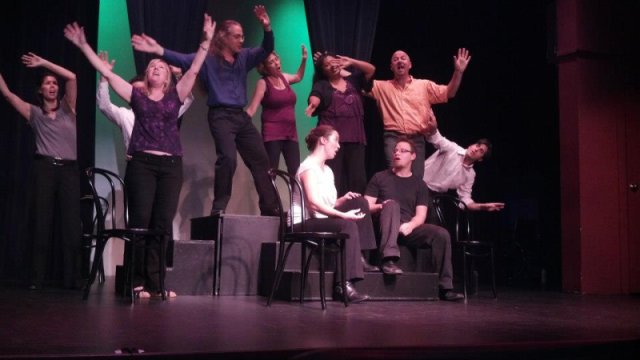
Spontaneous Broadway, one of the many formats BATS plays with.
…..
Photo courtesy of Dwayne Individual and Elemental Improv.
Broad-based community. BATS has built a wide base of support. Successful shows introduce new audiences to the delight of improvisation. Introductory and master classes further that enthusiasm, developing talent and increasing investment. Those students invite friends to class showcases or company productions, the audience for improv grows even further, and the virtuous cycle continues. Everyone learns to look out for each other. “Yes, and” becomes a way of life. You know something’s working well when people long to linger after a performance: folks come for the delight and stay for the sense of community.
Commitment to sharing the craft. One could understand if the insiders wanted to protect their precious jewel. Spread the secrets too widely and they might create competition to spell their undoing. On the contrary, however, BATS founders and players share their insights and techniques with profligate joy. On any given week, the company calendar might include three levels of beginner introductions, a handful of corporate development gigs, ongoing advanced trainings to develop specific skills, multi-day intensives that dig deep into advanced work, and free classes for people living with chronic, life-threatening illnesses. After performances, the troupe often conducts Q & A sessions to let those interested see a bit behind the curtain. And top-quality teachers welcome the help and insights of assistants, breeding the next generation of gifted instructors. BATS alumni have spread across the country and the globe—all seem to embody and promote the same generous, playful spirit.
More than improv. Not everyone notices the wells of insight hidden below improv’s surface. Some just want the laughs, thank you very much. Others enjoy the deeper investigations and implications, however. How does improv reveal and challenge our talents and fears? What does it show about how we live our lives? How can it inform our contribution to community? In my time taking classes, attending performances, and hanging with new-found friends at BATS, no one ever tired of asking and exploring such questions. Clearly, such willingness appeals to me and my sabbatical inquiry. But I also think it informs the company’s work across the board. The community shares a reverence for the craft and its power. That kind of respectful recognition–a paradoxically joyous gravitas—makes every moment and every offer shimmer with transformative potential. This is theater, yes. And it’s life. Why not play?
[1] Theatresports uses the conceit of judged competition to generate a playful tension or heat in the house during an improvisational theater performance. Most commonly, two or three improv teams will alternate short scenes, each graded by the audience or by a panel of judges. One sweet side effect of the format: establishing the bad-guy judges naturally aligns the audience with the performers and their efforts. The Theatresports name started with—and has been copyrighted by—Keith Johnstone, author of the classic Impro and one of the traditionally-recognized founders of improvisational theater as we know it today. Notice that he spells it “theatre”. He’s Canadian.
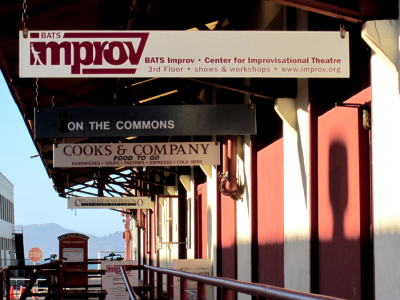
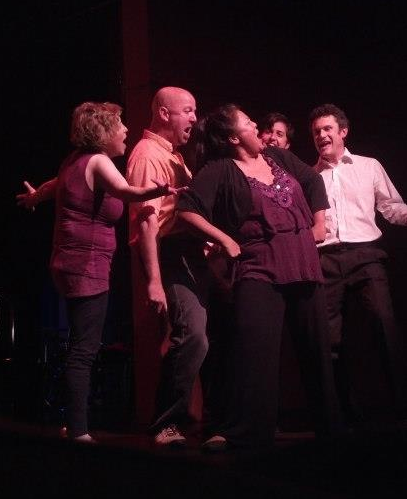
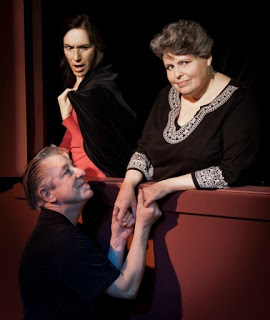
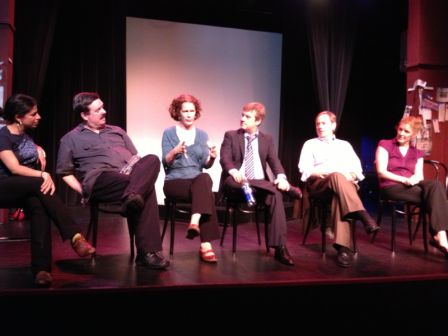
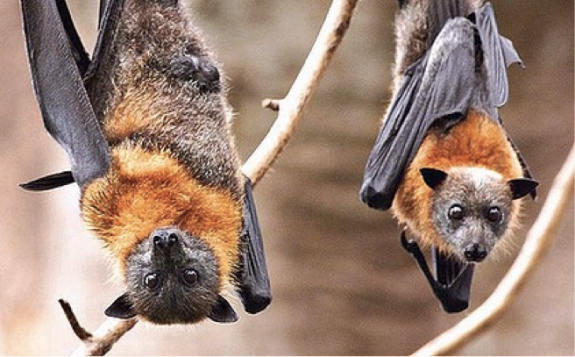
I’m glad you mentioned the music! Excellent post. I hope you come back to San Francisco again soon!
You’ve captured so much of what BATS Improv is about: The push for developing improvisational theater and a community of artists who create compelling stories. Thank you for writing this.
What a post, Ted. Thank you for spending the time and energy to capture your experience with BATS. I’m amazed by the community in all the same ways you are. I’m not sure anyone’s ever put it all into words the way you have. It’s a gift. So many thanks, and hurry back.
Ted, it was such a pleasure to play with you on so many levels! In classes, warm-ups, as our coach, in rehearsals. How wonderful an experience it must’ve been to fully immerse yourself in improv storytelling and where better to do that than at BATS! Thanks for your wisdom and insights! Can’t wait to play with you again!
Ted, you like us, you really like us! Thank you for your post. Your observation about how BATS shares the magic of improv “With profligate joy” brings tears to my eyes. The insight hidden below the surface of improvisation seems endless and is fascinating. Your fellow lifelong learner, Rebecca
Bravo, Ted! I agree completely with this beautifully written and detailed tribute to the wonder and magic of BATS. Those of us who live here are blessed indeed to have this astonishing community of artists and educators. Another thing I am grateful for is the relationship with Stanford. Thanks for writing this.
Thanks Ted for the post. A wonderful summary of what makes BATS so great. While I’ve only been able to see a few BATS shows, and one opportunity to take an intensive class there (and what an class it was!), like you I found BATS and its teachers to be some of, if not the best, around. Bravo!
GOOD STUFF!CAN’T AGREE YOU MORE!!!